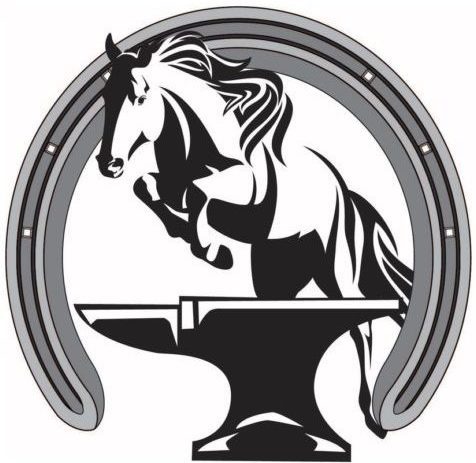“Fundamentals win ball games.” This was a phrase that was drilled into us growing up. It does not just apply to sports however. Too often in many parts of life we lose sight of the basics of what we are doing and start to pursue skills that are more advanced without keeping the basic skills we should. Just as with sports, it is generally basics that make for the best results in most circumstances in farrier work. Over the past decade, I have found that the best way to keep horses performing at their best is generally to simply make sure all the basics are solid, once that is the case then we can start to apply other more advanced techniques on difficult cases. As with anything else, there is always a set of basic principles that should guide us while we look at shoeing horses. The way I look at it, most horses will move the way they will, my goal is to give them the most healthy hoof capsule I can and otherwise stay out of their way.
The trim
Trimming a hoof is far more complicated than simply removing excess length, however, most horses don’t require special techniques or anything fancy. There are three main parts to trimming that if accomplished will serve most horses quite well. First is establishing the medial/lateral balance so that the bottom of the foot is perpendicular to the cannon bone. Next, making sure the phalanges are aligned so that the foot is not broken back or forward. Lastly shaping/dressing the foot to remove all distortion and reestablish a straight hoof wall. These three steps are of course all interrelated and certainly takes some skill to accomplish, however if we can make them our goal most feet will be vastly improved.
Shoes
For horses that require shoes we are again most often best rewarded when we stick to good basics. Once we have established a good trim then simply fitting the foot that is there will generally give a good result. There are of course situations that call for various modifications however again for most horses simply fitting the well trimmed foot is all they will need.
Scheduling
Keeping horses on a 4-5 week schedule and no longer than 6 weeks will make a vast improvement over keeping them on a longer schedule as well. Simply by shortening the cycle for a lot of these horses will help keep distortions to a minimum which will allow for a much healthier hoof.
